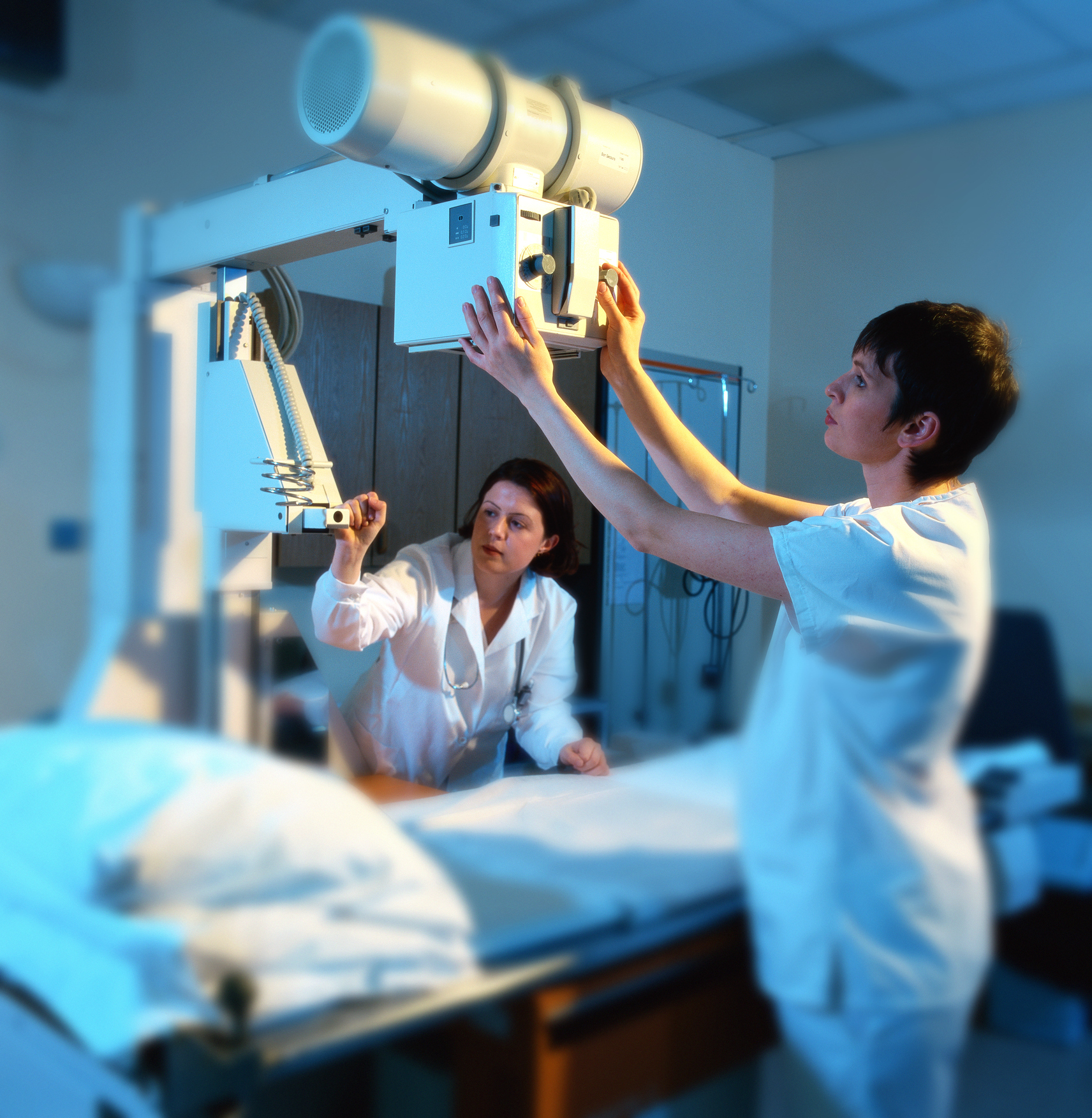
Microdiscectomy, a common form of lower back surgery, is used to treat leg pain caused by disc herniation. Because it uses a smaller incision, microdiscectomy is far less invasive and causes far less trauma to underlying tissues than its alternative, laminectomy. Because the mechanical structure of the lower spine remains unchanged, the recovery period after microdiscectomy is shorter, and postoperative pain and complications decrease.
Whether or not to undergo lower back surgery can be a difficult decision. Unfortunately, with microdiscectomy, time is a factor: Your results might be less satisfactory should you wait more than three to six months from the onset of the pain.
If you decide to go ahead with microdiscectomy, we can help your quick and successful recovery throug h a formal rehabilitation program . The typical protocol involves the following:
- Limited activities for about a month. Patients used to be told to wait six weeks before resuming activity, but studies have since suggested that an earlier appropriate exercise program might actually expedite recovery.
- Stretching, strengthening and conditioning. These exercises can help with secondary causes of back and leg pain, enhancing the outcome of your surgery.
- Walking, followed by bicycling or swimming. Low-impact exercise decreases your risk of developing scar tissue and provides a gentle aerobic workout that does not interfere with healing.
Some postoperative pain is to be expected. Common complaints after microdiscectomy include an ache in the legs caused by healing nerves, pain caused by inflammation and muscle spasms. Sitting can also be uncomfortable for the first few weeks after surgery, so try to get up every 15 to 20 minutes and walk around. In conjunction with your recovery, we can design an exercise plan—with your surgeon’s approval— for you. This way, side effects will be relatively tolerable and quickly diminish, and you can resume your normal activities free of pain.
















